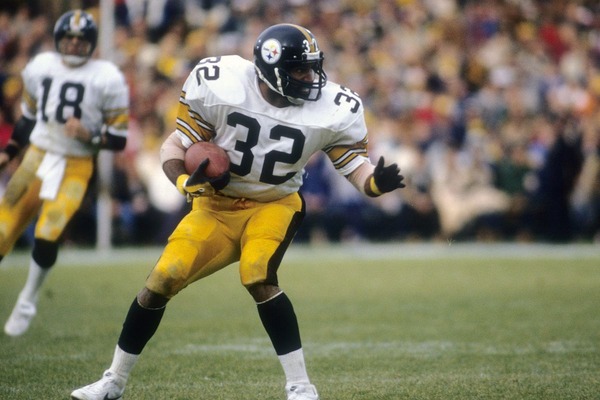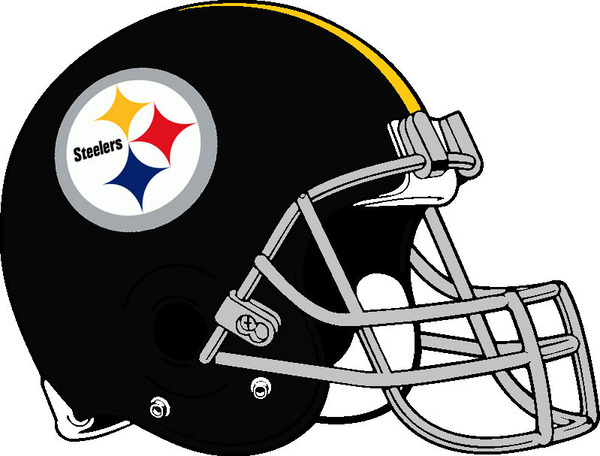The Pittsburgh Steelers, winners of six Super Bowls, are one of the most storied franchises in the National Football League (NFL). The team has weathered tough times and good times since joining the NFL in 1933 as the Pittsburgh Pirates.
The team’s owner, Art Rooney, following customary practice of the time, named his team after the baseball team in town. Pittsburgh had a professional baseball team in the city since the 1870s, and the franchise adopted the name Pirates in 1912. . At the time, Major League Baseball was the national sports game of the country. The owners, by naming their team the same as the local baseball team, worked on the assumption that the baseball fans would become football fans of a team with the same name.
Rooney owned a semi-pro football team called the Hope-Harvey Majestics, which competed in the Western Pennsylvania Senior Independent Football Conference. His team would win two titles in the early 1930s. For a $2,500 franchise fee, Rooney joined the NFL, which consisted of only 10 teams at the time. The colors chosen for the Pirates were black and gold, derived from the city’s flag. The first uniforms were even ornamented with the city crest.
A New nickname is Chosen
At the conclusion of the 1939 season, continuously losing money, Rooney decided to have a new nickname for his franchise. Through a promotion with the local paper, the Pittsburgh Post-Gazette, the moniker “Steelers” was chosen. The name pays respect to the area’s production of steel and the industry as a whole.
Rooney sold the Steelers to Boston millionaire Alexis Thompson in 1940, after another year of financial setbacks. The team planned to move to Boston. Rooney then bought half-stock into the Philadelphia Eagles and friend Bert Bell. In 1941, the Eagles moved to Pittsburgh and the Iron Men (renamed by the new owner) would relocate to Philadelphia. Except for uniform and team colors, players, equipment, front office and coaches were swapped without exchange of money in one of the more remarkable NFL transactions in its history.
Tough times continued for most franchises, as team rosters were cut from 33 players to 25. For the 1943 season, the Eagles had 16 players while the Steelers only had six. The two clubs combined to form “Phil-Pitt” with the nickname “Steagles.” In 1944, Rooney merged with the Chicago Cardinals, who were also short of players. For that season, the two teams officially formed the “Card’Pitt.” Fortunes were on the upswing after World War II, and Art Rooney was once again the owner of the Pittsburgh Steelers after a repurchased in 1952.
Pittsburgh Steelers: The Chuck Noll era
Success on the field for the Steelers was virtually non-existent until the hiring of Chuck Noll as head coach in 1969. Noll was instrumental in drafting players such as “Mean Joe Green,” Terry Bradshaw, Mel Blount, Franco Harris, John Stallworth, Mike Webster, Lynn Swann, and Jack Lambert. This group of players fueled the Steelers to wining four Super Bowls in the 1970s: SB IX (1974), SB X (1975), Super Bowl XIII (1978) and Super Bowl XIV (1979). The team’s success has resulted in universally being labelled the “Team of the ‘70s.”

Noll coached from 1969 – 1991, Bill Cowher replaced him. The Steelers made it to the Super Bowl in 1995, only to lose to the Dallas Cowboys. Cowher’s Steelers won Super Bowl XL, defeating the Seattle Seahawks in 2005. Some of the key players from this Steeler era included quarterback Ben Roethlisberger, running back Jerome Bettis, wide receiver Hines Ward, offensive guard Alan Faneca, cornerback Rod Woodson, safety Troy Polamalu and linebacker James Harrison.
Naming of Three RIvers Stadium
The Steelers have played in several stadiums over the years. Initially the team played at Forbes Field, from 1933 to 1964. In the years of 1958 – 1963, the Steelers also played some of their home games at Pitt Stadium. Pitt Stadium became home to the team from 1964 – 1969. Three Rivers Stadium – named for the merging of the Monongahela and Allegheny Rivers into the Ohio river, was home to the Pittsburgh franchise from 1970 – 2000. Since then, the Steelers have played their home games at Acrisure Stadium, formerly known as Heinz Field.
The Pittsburgh Steelers currently play in the American Football Conference (AFC) North Division along with the Baltimore Ravens, Cincinnati Bengals and Cleveland Browns.
Mike Tomlin became coach of the Pittsburgh Steelers in 2007 and won a Super Bowl in 2008. The team got back to the Super Bowl the follow year, only to lose to the Green Bay Packers. Since then, the team has a string of winning season, with most years being in the playoffs.
Barry Schustermann
Follow me on X @BarrySchust
Follow me on Facebook @Barry Schustermann



